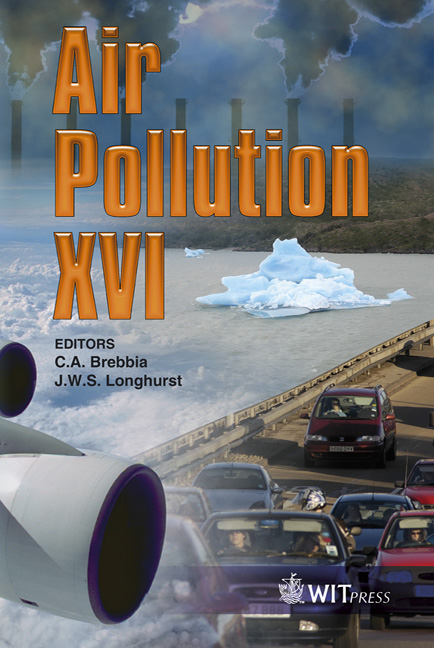Practical Problems Associated With Assessing The Impact Of Outdoor Smoking On Outdoor Air Quality: An Edinburgh Study
Price
Free (open access)
Transaction
Volume
116
Pages
7
Page Range
439 - 445
Published
2008
Size
387 kb
Paper DOI
10.2495/AIR080441
Copyright
WIT Press
Author(s)
D. G. Snelson, A. J. Geens, H. Al-Madfai & D. Hillier
Abstract
Smoking in the United Kingdom is now banned in public places, subject to certain exempt situations. The last country to introduce the ban being England on the 1st July 2007. People who smoke now congregate outside premises either sitting at tables or standing while smoking their cigarettes. Previous studies have concluded that measured outdoor pollutants are proportional to and correlated with smoker count and not with motor vehicle traffic. This paper reports on a case study conducted in Edinburgh and identifies lessons learnt from this and earlier studies. The authors having conducted this field work suggest that this is not necessarily the case and they have concluded that further work is required to establish a more robust methodology. Keywords: smoking in public places, outdoor air quality, particulates, carbon monoxide. 1 Introduction An experimental study was completed by Klepeis et al. [1] where outdoor communal areas were monitored, in the presence of smokers, to ascertain the levels of environmental tobacco smoke (ETS) in close proximity to smokers with burning cigarettes. For this study a number of similar venues in Edinburgh were used and further location types were added. In this study, levels of particulates (PM 2.5) and carbon monoxide (CO) have been recorded. Carbon dioxide (CO2) Temperature (oC), relative humidity (%), rain (mm), sun (hrs) and wind speed
Keywords
smoking in public places, outdoor air quality, particulates, carbon monoxide.





